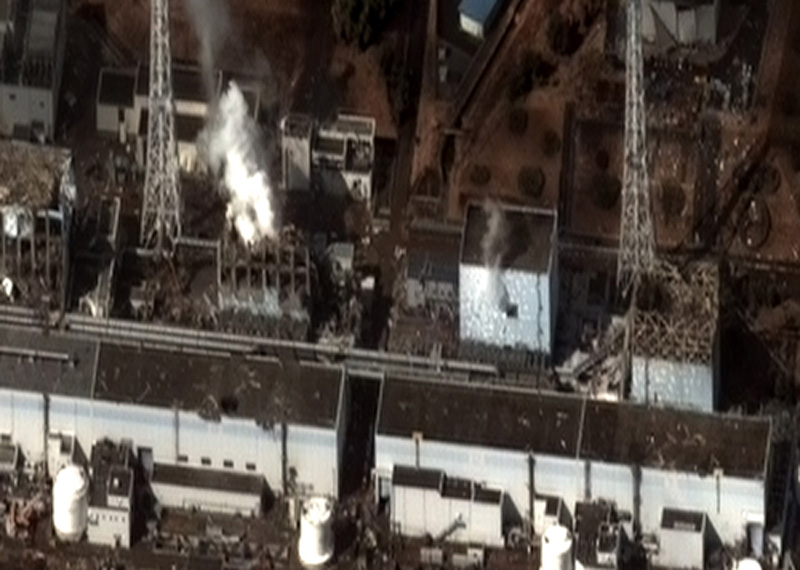The operator of Japan's wrecked nuclear plant at Fukushima Daiichi, Tokyo Electric Power (Tepco), raised hopes when they said on Monday that it might
The operator of Japan’s wrecked nuclear plant at Fukushima Daiichi, Tokyo Electric Power (Tepco), raised hopes when they said on Monday that it might have found nuclear debris below the No. 2 reactor, one of three reactors that had meltdowns in the 2011 tragedy. Although the radiation levels remain dangerously high, locating the fuel rods is the first step to removing it and decommissioning the plant.
If the finding is confirmed, it would be a huge breakthrough in the mammoth task of cleaning up the nuclear plant having had years delayed with mishaps, soaring costs and radioactive water leaks. In an inspection of the site by Tepco on Monday, a remote controlled camera attached to a 10.5 metre-long telescopic arm was used to discover black lumps of material on wire-mesh grating underneath the reactor’s pressure vessel. If confirmed, this may pave the way for Tepco to develop methods to remove the highly radioactive melted uranium rods. “This is a big step forward as we have got some precious data for the decommissioning process, including removing the fuel debris,” an official said.
On 11th March 2011, a magnitude 9 earthquake shook the north-east Japanese coast, triggering a tsunami killing over 15,000 people and devastated a large area and displaced over 160,000 people that had to flee their homes after explosions, caused by the triple meltdown of the plants six reactors, sent out plumes of radiation and dumped radioactive materials over the Fukushima region. It was the world’s worst nuclear disaster since Chernobyl in 1986.
Tepco were heavily criticised after it took two months to admit that the reactors had melted down which experts had suggested weeks before. Although Tepco has been moving in the right direction by removing hundreds of spent fuel rods in one of the damaged buildings, they’ve failed to locate melted fuel rods in the other damaged reactors.
The delicate and dangerous task of decommissioning the plant is only at the beginning. If Tepco develop the means to remove the fuel, it’ll be the biggest step forward since the removal of hundreds of spent fuel rods from a reactor building in late 2013. According to Japanese media last week, the plans to remove the spent fuel from the No. 3 reactor building was delayed and decommissioning the entire plant would take 40 years at least.
The company has suggested that after careful analysis of the data, it may send a robot into the reactor to investigate further. Scorpion-like robots are being sent down next month that can swim under water in search of the melted fuel rods by carefully negotiating obstacles in the damaged tunnels and piping using in-built cameras, a temperature gauge and radiation measuring equipment. Some of the previous attempts ended in failure when they got too close to the reactors, destroying the wiring and rendered useless by radiation.
The estimated cost of decommissioning the plant, storing radioactive waste, decontaminating the surrounding area and paying compensation, has spiralled to 21.5 trillion yen ($187 billion), almost double of that estimated in 2013. Consumers will be hit hard after a government committee estimated 2.4 trillion yen of the total cost would be passed onto them through higher electricity bills.



















































































































COMMENTS